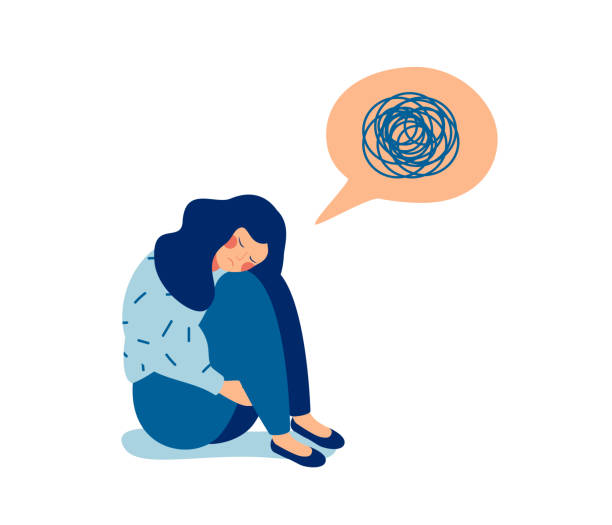Mental health and its toll on students
Thousands of teenagers nationwide attend school in large public school districts that contain thousands of students, teachers and staff. Despite this, it remains easy, if not easier to be consumed by feeling alone in your battle against anxiety and depression. The pressure from parents and self-inflicted pressure has shown over the years to completely destroy students mentally. In many cases, there has been a lack of support from parents, friends and teachers so it is important as we continue on with our school year to recognize any obvious signs that a classmate is struggling with anxiety or depression.
In recent years, it has been found that 70% of teens say anxiety and depression are a “major problem” among their peers according to the National Education Association. This percentage has significantly increased compared to past years and it does not seem to be slowing down. Although there have been efforts by schools to provide more outlets for students to express their feelings and create a more open environment, it is simply not enough. Students have complained continuously about the amount of homework they receive, and the lack of empathy from teachers when they assign multiple things for one day. This has forced students to sleep less on a daily basis. During a child’s crucial teenage years, a good amount of sleep is a necessity. Lack of sleep leads to bad performance at school, mood changes and an overall constant feeling of being tired. It is important to acknowledge and truly listen to the opinions of students about this topic and take it into consideration when coming up with a solution to end this nationwide crisis. The country can provide more support through their education system and actually listening to students when they say they are struggling.
After extensive research and asking my peers, there are many different ways that students can find comfort in a rigorous environment. Teachers should encourage mental health days as well as even including an extra day off from school for the purpose of rest sometime during the school year. Talking to other classmates that this is extremely beneficial and provides a good reset for those who are feeling overwhelmed with school and other responsibilities. This past year, I have allowed myself to take mental health days when I needed them. It had been extremely hard for me to do this because I always thought it would be a form of “giving up” but in reality, taking a break has only cleared my mind and made me more prepared for another school week. Another way to ensure that students feel more supported is checking on them personally. One of my teachers had us text her through Remind and let her know how everything was going for us at the moment. I had never seen any teacher do anything like that and it made me feel like I could reach out and talk to her anytime. If little things like that were implemented more frequently in the classroom, students would have a struggle less with opening up to teachers. Lastly, students want less work. Although this is nearly impossible for teachers to adjust, it would be highly beneficial to have teachers maybe space out deadlines more or not be so harsh when a student needs an extension. If done correctly, it would show that teachers care for our well-being and are willing to see that students are still struggling to adjust themselves after a year and half of being online.
Overall, fixing mental health issues is a problem that will take a lot of time and patience to overcome. But slowly providing and creating a safer and happier environment for students to feel supported is the first step to breaking a vicious cycle of anxious and depressed teens. So I ask any teacher reading this article on behalf of every student, please listen to your students and take it easy on us when necessary. You have no idea how much you might be helping.













